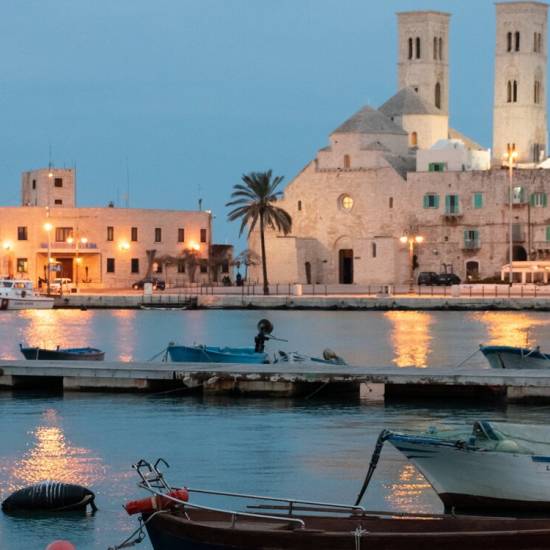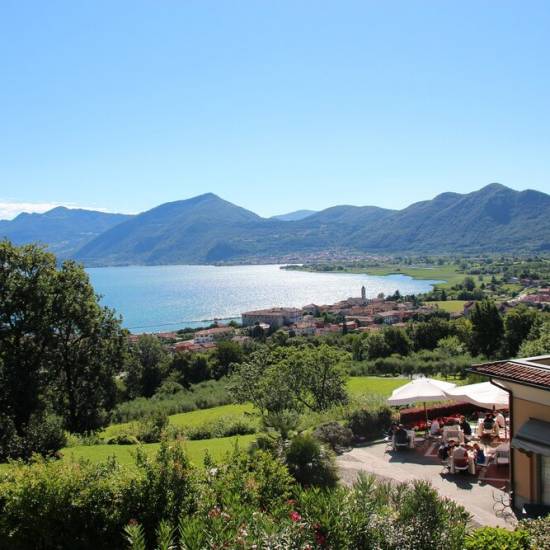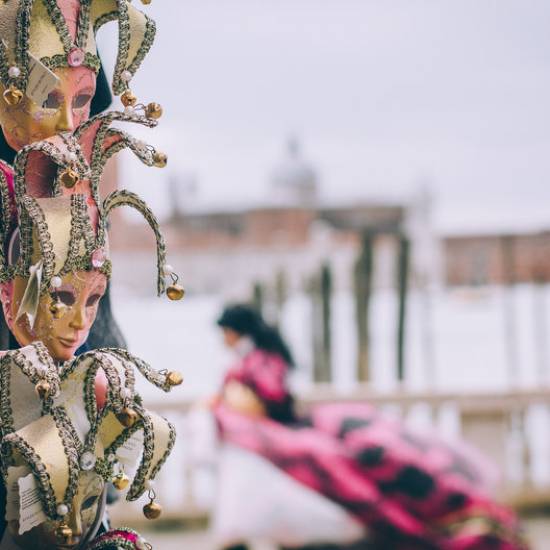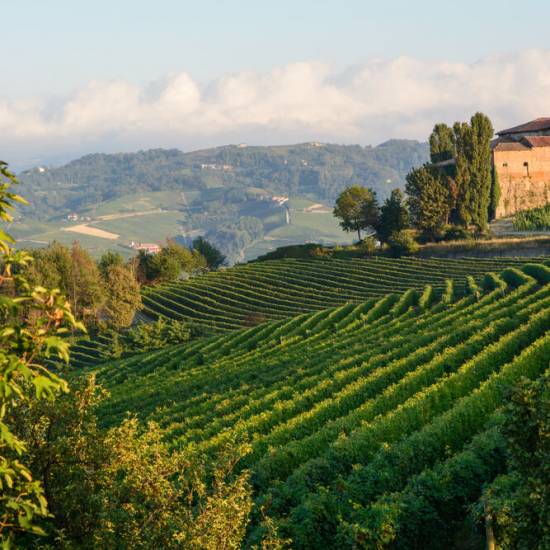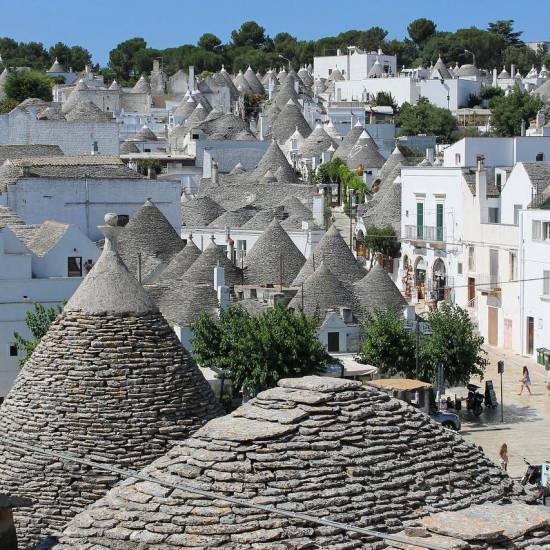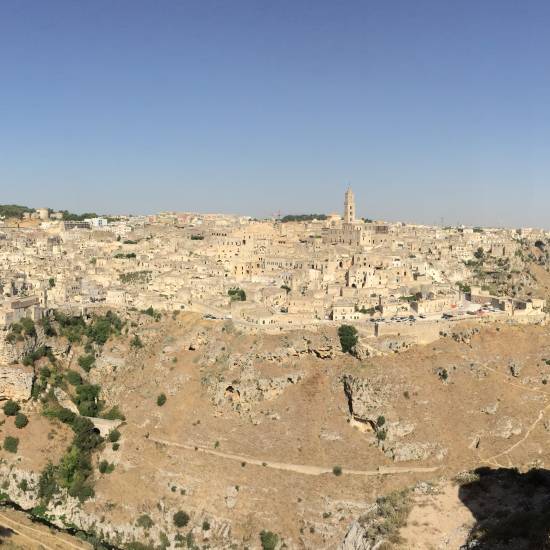The Castle of Ugento: A Glimpse into Apulia’s History
History
The origins of the Castle of Ugento date back to the 11th century, though its current form owes much to later developments. The Normans likely initiated the first construction phase as a way to begin fortifying the region after their conquest of southern Italy. Over the centuries, successive rulers expanded and reinforced the castle, including the Swabians under Emperor Frederick II and later the Spanish, who controlled much of the region during the Renaissance.
The castle's location was chosen for its strategic value—it was situated on high ground, overlooking the surrounding plains and the Ionian Sea, making it an ideal location for defense. During the Middle Ages, it was key in protecting the region from invaders, including the frequent pirate raids that plagued Apulia’s coast.
The castle changed hands many times, and its purpose shifted over the centuries. Initially built for defense, it later became a noble residence. It is said that the castle housed prominent figures during the Renaissance, offering a glimpse into the aristocratic life of the time. Despite its military history, the castle also became a symbol of power and prestige, with lavish renovations and decorative features added during the 16th and 17th centuries.
Architecture
The Castle of Ugento is a remarkable blend of medieval and Renaissance architecture. The building retains its original fortifications, including thick stone walls, a central courtyard, and high towers, which served both defensive and aesthetic purposes. The towers, once used to fend off invaders, now offer panoramic views of the surrounding landscape, from the sprawling countryside to the distant coastline.
Inside the castle, visitors can see traces of its aristocratic past. The main hall features intricate frescoes and vaulted ceilings, showcasing the artistic styles of the period. The Renaissance influence is particularly evident in the decorative elements, with elegant archways and courtyards designed for both defense and luxury. The contrast between the fortress-like exterior and the refined interior demonstrates how the castle evolved from a military stronghold to a symbol of noble power.
Modern-day
Today, the Castle of Ugento is an important cultural landmark. Although it has undergone several renovations, it still retains much of its historical character. It serves as a museum, offering exhibitions and cultural events that attract visitors worldwide. The castle's walls echo with stories of its past, and walking through its rooms offers a fascinating glimpse into the history of Apulia, from its medieval roots to the grandeur of the Renaissance.
The castle hosts various events throughout the year, including historical reenactments, art exhibitions, and classical music concerts, making it a vibrant part of the town’s cultural life. The ongoing restoration efforts ensure that the castle remains a significant part of Ugento’s heritage while making it accessible to modern-day visitors.
The Castle of Ugento is much more than just an architectural monument; it is a living piece of history, reflecting the cultural evolution of Apulia. From its early days as a Norman stronghold to its transformation into a symbol of noble power, the castle tells the story of the region’s complex and fascinating past. For anyone interested in the history of Apulia, a visit to the Castle of Ugento is a must—a place where the echoes of the past continue to resonate.

